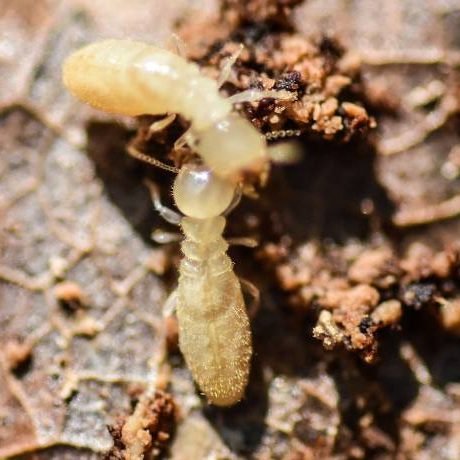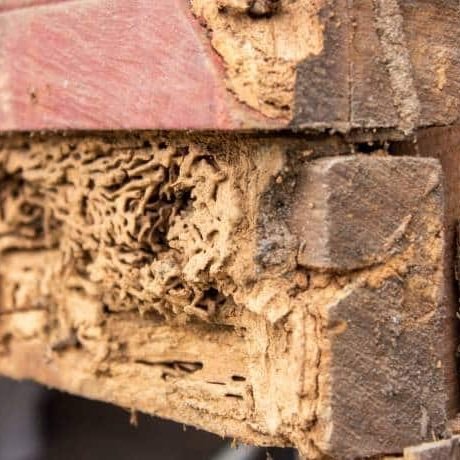Subterranean Termites
What are subterranean termites?
Subterranean termites in Johannesburg are one of the most invasive types of termite species. They target wooden structures, floors, kitchen cupboards, doors, window frames, wooden furniture and even books which makes them any homeowner’s worst nightmare.
This type of termite builds very distinctive tunnels, or “mud tubes” in order to reach their food source and protect themselves from the dangers above ground. Its because of the way these termites live that can make them so disruptive. Once they make their way into a home’s structure, they will eat 24 hours a day, seven days a week and can thrive there for years without being noticed.
Over time, a subterranean termite infestation can cause critical damage to your home’s structure. Left untreated, termite issues could leave irreparable damage to the home’s structural integrity and extremely expensive repair bills. Subterranean termites pose a real threat to homeowners across South Africa and are found in every suburb of the country.

What do subterranean termites
look like?
There are 3 distinct types of subterranean termite which makes Identifying them a little more difficult. In general, they are split between swarmers, workers and soldiers, each with its own distinguishing features.
At the heart of the colony will be the king and queen, with the queen being the largest of all the termites while the king is much smaller.
Next, we can identify the swarmers. They have long dark brown bodies which look almost black with translucent wings which are much like a milky white colour. They are typically ¼ inch in length.
Worker termites are similar in length to the swarmers and have creamy coloured bodies. Unlike the swarmers, workers and soldiers don’t have wings. They have tiny jaws that help them chew away at wooden materials and move them through the colony.
Finally, the soldiers can be distinguished by there their larger mandibles and have rectangular heads that are both flat and wide. The body of the solider termite is similar to that of the workers, a creamy white colour however their head is a much darker, brown colour.
See also Harvester Termites, Ant Control
What are the signs of a
termite infestation?
There are several tell tale signs that you may have a subterranean termite infestation at home. Keeping a close eye out for these initial warning signals could save you from an expensive repair job in the future.
Early Spring – Flying termites or swarms
Spring / Summer – Mud Tubes
Hollow sounding wood
Pictures of Subterranean termites

How can I stop termites becoming
a problem?
As the saying goes, “prevention is always better than the cure” and in terms of termite treatment, this couldn’t be ring truer. First and foremost, prevention is always going to be the best and most cost effective way to fight termites.
Avoiding water accumulation in the home is key to preventing termite infestations as these insects are attracted to moisture and damp areas. Ensure adequate drainage is installed to move water away from your property and make sure that gutters, downpipes, and drains are free from debris.
Reducing humidity in crawl spaces and attics are also a good way to prevent termites. Adding adequate ventilation in these small spaces is the best place to start.
How do I get rid of subterranean termites?
Termite infestations are not typically something that can be eradicated though DIY measures. If you suspect you have a termite infestation, you’re going to need to call a professional licenced pest control company, who will assess the damage and put together an appropriate treatment plan. Its important to use experienced pest controllers who understand the habits of termites and the safest and most effective way to treat them.
Termite damage costs billions of Rand in property damage each year in South Africa and isn’t something that’s typically covered under your homeowner’s insurance. You should ensure that once treated by a professional, you schedule an annual inspection and keep a watchful eye over any previously problematic areas.
Trust TERMICON Pest Control
Give us a call today on 087 551 0558
Contact us
![]()





